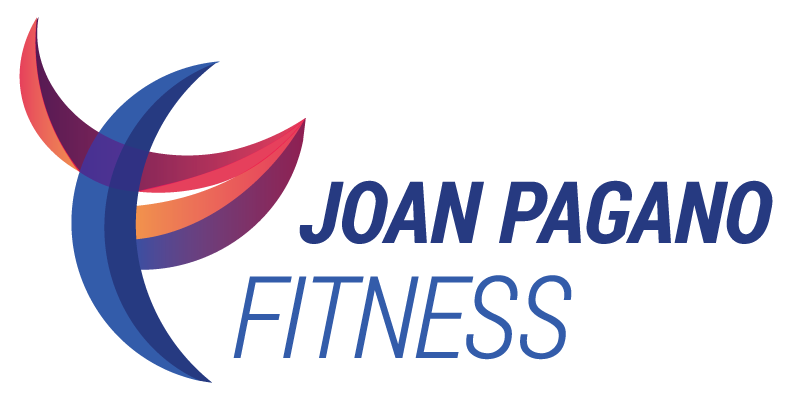These Winter Workouts Are Way More Fun Than Hitting The Gym
This article is by Ava Feuer and was originally published on Dec 9, 2013, on www.redbookmag.com
It may be cold, but these outdoor calorie-burners are leaps and bounds better than yet another session on the elliptical.
The November Project
Need a little extra motivation? This thrice-weekly boot camp, started by two friends who realized they were using every excuse to skip their workouts come winter, will hold you accountable when you don’t show up. If you sign up for the free 6:30 a.m. classes and bail, expect to be shamed on their blog. “It’s a funky community thing, and people who go are obsessed with it,” says YouTube fitness personality and Sarah Fit: Get Skinny Again author Sarah Dussault. If you don’t live in one of the November Project’s seven locations—Boston; Denver; Edmonton, AB; Madison, WI; San Diego; San Francisco; or Washington, D.C.—consider assembling a group of workout buddies who you’re willing to support and, yes, give a hard time either publicly or privately.
Ice-skating
The best part of this workout is that more than anything, it’s a timeless family activity, meaning you get the two-for-one benefit of a calorie-burn and not-so-gracefully gliding around with your kids. “Ice-skating requires balance and alignment, and works the inner and outer thighs, glutes, and ankles,” says Joan Pagano, author of Strength Training for Women. “A 145-pound woman would burn about 230 calories in 30 minutes.” To challenge yourself further—and perhaps impress your family and friends—try landing a jump, doing an axel, or executing some fancy footwork.
Camp Gladiator
If you haven’t yet tried a boot-camp workout, you likely know at least 10 people who have—it’s a huge fitness trend. Camp Gladiator, which runs throughout the year, actually began in Texas, where workout warriors had more trouble withstanding 100-degree heat than snow. Now in Los Angeles; Colorado; Orlando, FL; Tampa, FL; Atlanta; Louisiana; Raleigh, NC; and Oklahoma, as well as five Texas outposts, typical sessions include interval training, sprinting, agility, body-weight drills and plyometrics to increase speed, stamina, and a whole lot of positive energy.
Cross-country skiing
“Cross-country skiing is the frontrunner for all-around aerobic benefits, and it’s lower-impact with less risk of injury than downhill skiing,” says Pagano. “It’s also a more complete workout than biking or running because of the degree to which it uses your upper body.” While downhill skiing requires a lot of sedentary time going up the mountain—not to mention the crazy cost of lift tickets—cross-country skiing is constantly active.
Running groups
‘Tis not the season for mud runs and dirty dashes, but come spring, you’ll want to be prepared for your return to the course. Begin running with others now. It'll help you pace, likely improve your time, and really can’t be done in the gym. “For people who hate to run in the cold and hate to run on the treadmill—and I hate both—these run groups are a great opportunity for accountability, entertainment, and improvement,” says Dussault. Gather a group that runs both a bit above and below your level, make a regular date, and, by all means, follow it with coffee or cocktails together.
Showshoeing
Showshoes prevent you from sinking too deeply into the snow, which forces your legs to do some serious strength-building work. And although the activity is low-impact—and thus a great option for those with feeble knees—it burns more calories than running or walking at the same speed. Want more? Add poles, which also provide an arm workout.

